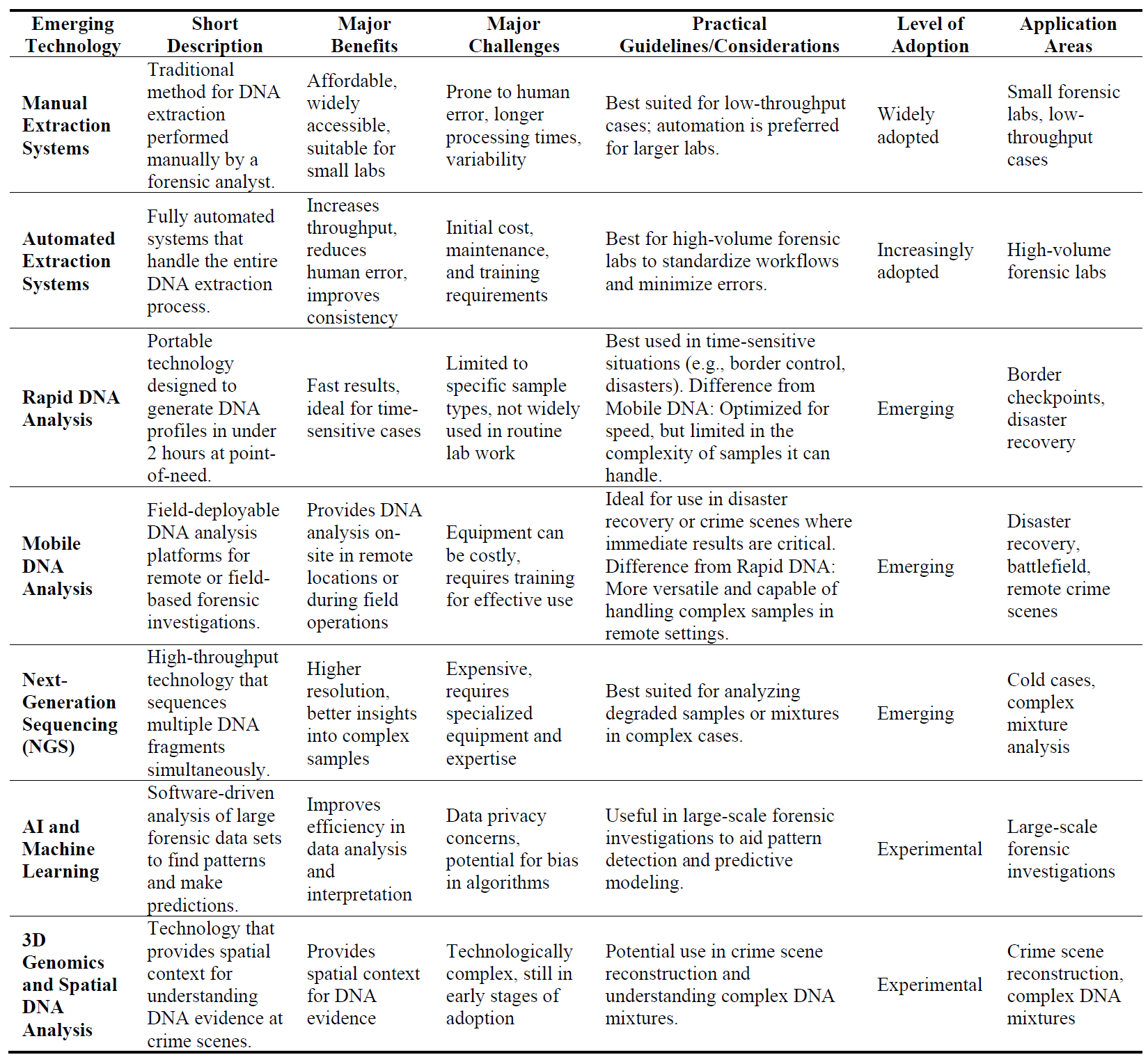Found 2 results
Open Access
Review
06 May 2025Genetic Insights into Ancient Kinship and Human History: Methods, Applications, and Implications
Recent advances in ancient DNA analysis have transformed our understanding of kinship and underlying social structures in past populations. The application of next-generation sequencing technologies has enabled researchers to reconstruct the genetic makeup of ancient individuals with unprecedented precision, providing new insights into lineage, ancestry, and social organization. Ancient DNA evidence has revealed a wide range of kinship systems, including patrilineal and matrilineal descent, consanguineous marriages, female exogamy, and family-based burial practices. These findings underscore the complexity of human social relationships and the dynamic interactions between genetic inheritance, cultural traditions, and environmental factors in ancient societies. By examining case studies across different geographic and temporal contexts, this review highlights the transformative potential of ancient DNA in deciphering past human relationships. However, it also addresses key ethical concerns, including the importance of respecting cultural sensitivities and avoiding overly deterministic interpretations of genetic data. The integration of genetic evidence with archaeological and anthropological perspectives enables a more comprehensive reconstruction of ancient social systems, moving beyond simplistic genetic determinism to appreciate the intricate interconnections between biology, culture, and identity.

Open Access
Review
14 September 2024Emerging Technologies in Forensic DNA Analysis
Forensic DNA analysis has fundamentally transformed criminal investigations, providing an unprecedented level of accuracy in identifying suspects, exonerating the innocent, and solving cold cases. This manuscript reviews the emerging technologies that are reshaping the field of forensic DNA analysis, including next-generation sequencing (NGS), rapid DNA analysis, AI-driven forensic workflows, 3D genomics, and mobile DNA platforms. These innovations enhance the speed, precision, and scope of DNA analysis, allowing forensic scientists to process evidence more efficiently, analyze more complex samples, and conduct real-time field-based investigations. While these advancements hold great promise, they also introduce significant challenges, such as ensuring data security, maintaining the integrity of evidence, and navigating the ethical and legal implications of new forensic technologies. Issues related to privacy, consent, and potential bias in DNA databases are becoming increasingly complex as these systems expand. Furthermore, the legal admissibility of cutting-edge technologies like AI-driven DNA analysis and phenotypic prediction must be carefully evaluated to ensure the rigorous standards of forensic evidence in court are met.This review explores the opportunities and challenges associated with these emerging technologies, emphasizing the importance of responsible and ethical use. By examining advances in DNA extraction, spatial DNA analysis, and the integration of AI in forensic workflows, this manuscript provides forensic professionals with a roadmap for navigating the evolving landscape of forensic DNA analysis. The future of forensic DNA analysis lies in balancing technological innovation with the commitment to justice, ensuring that DNA evidence remains a reliable and indispensable tool in pursuing a more equitable legal system.
